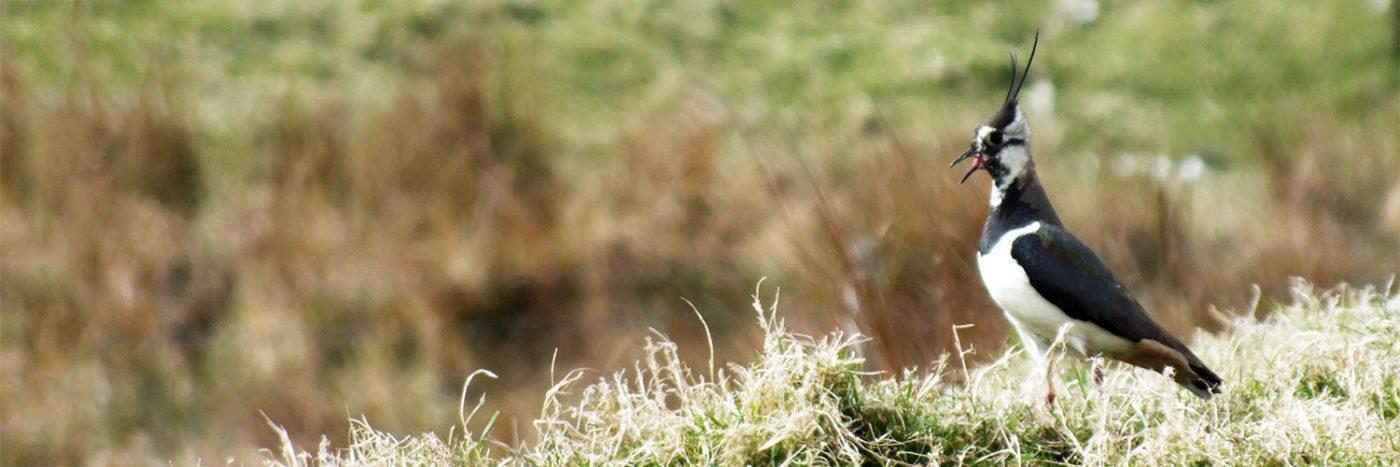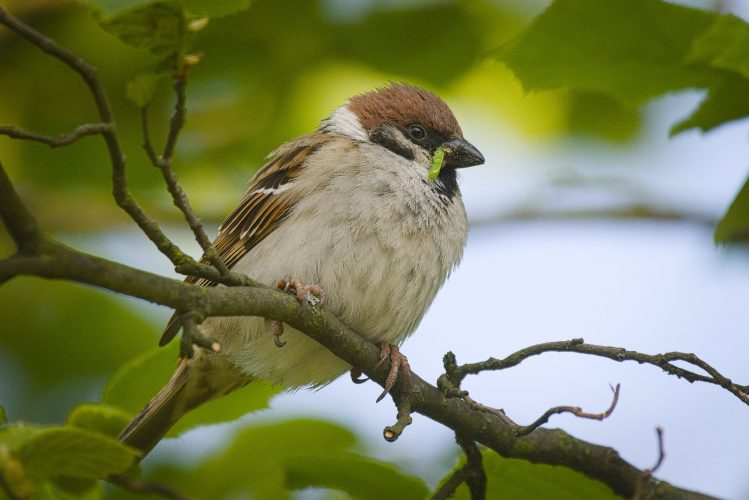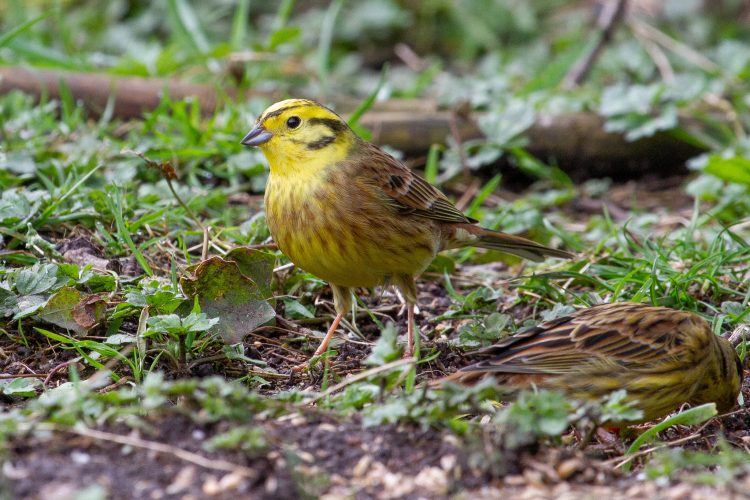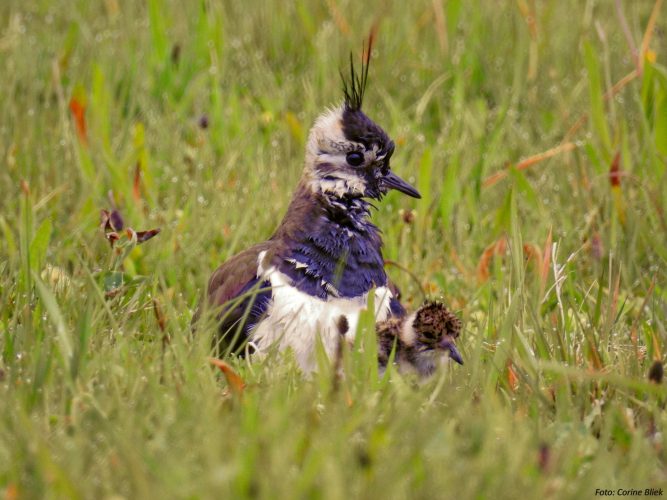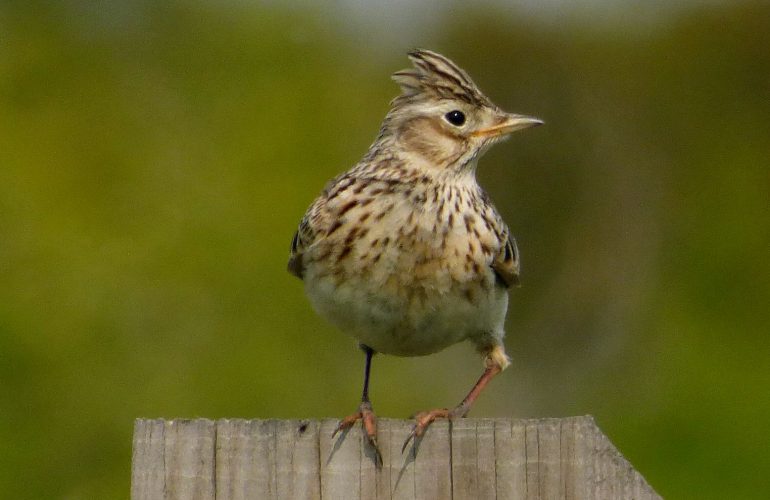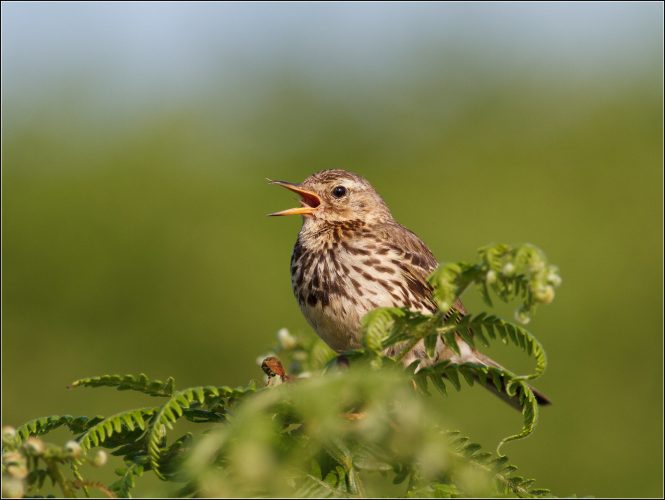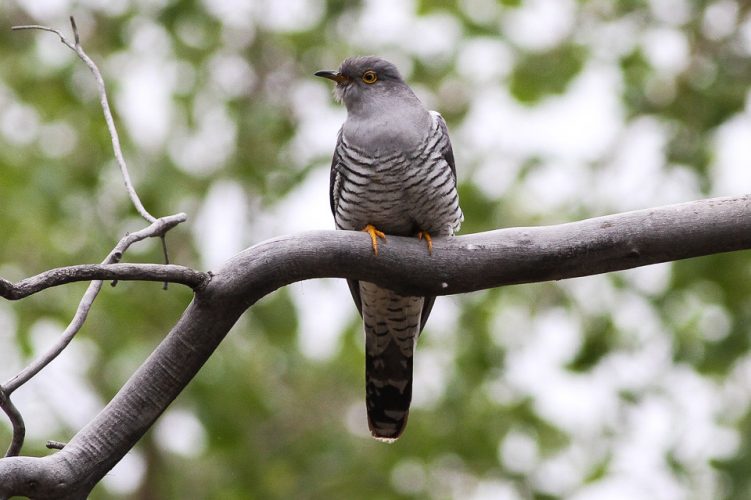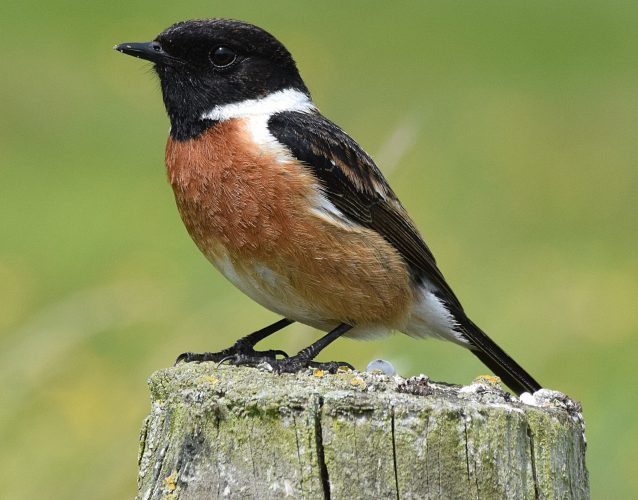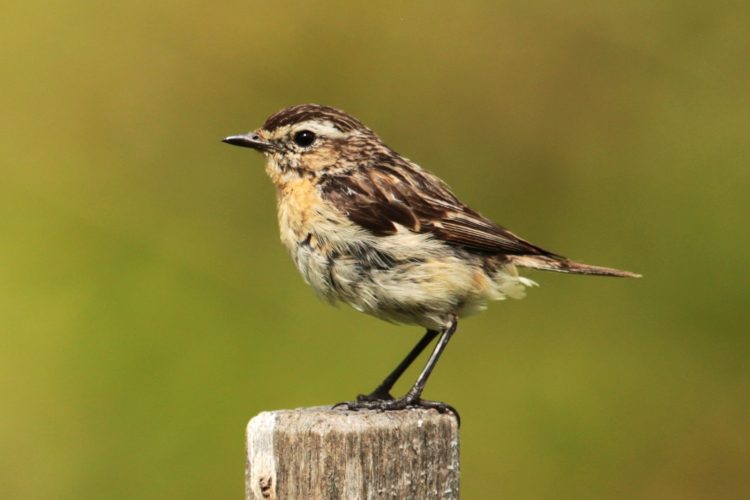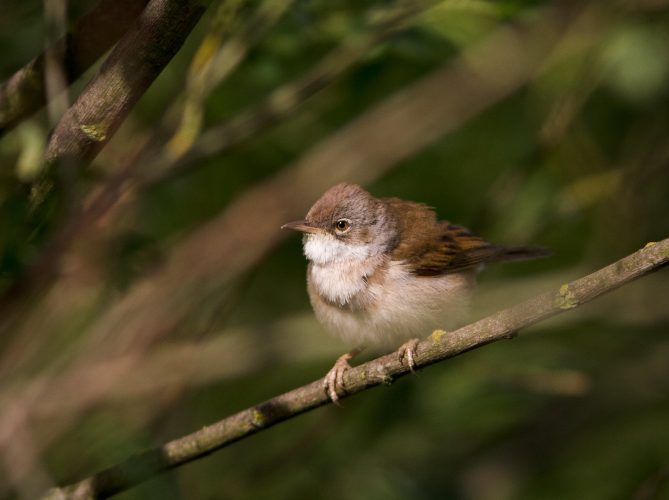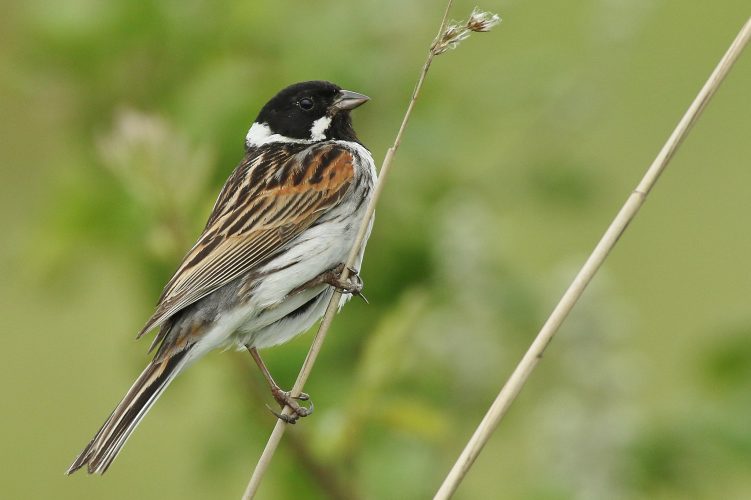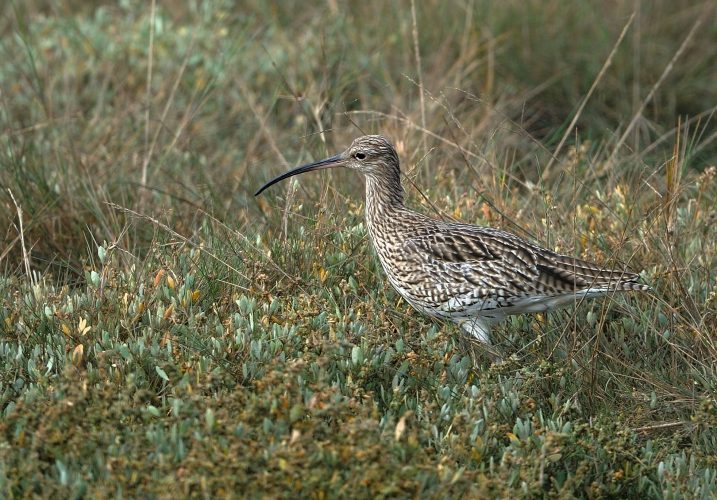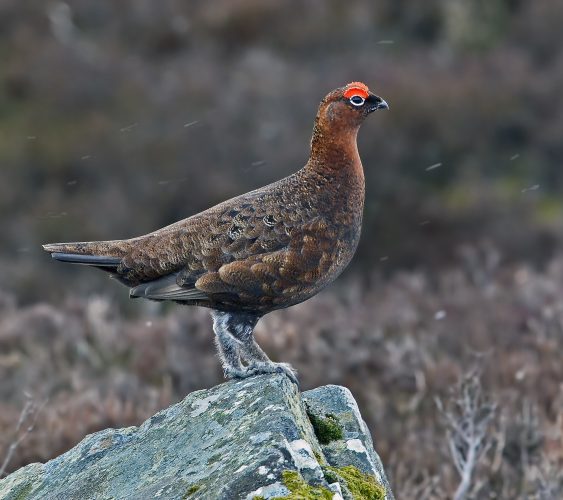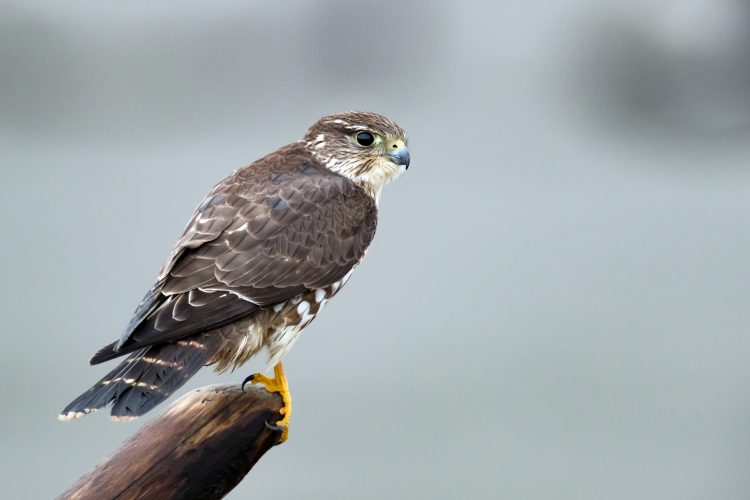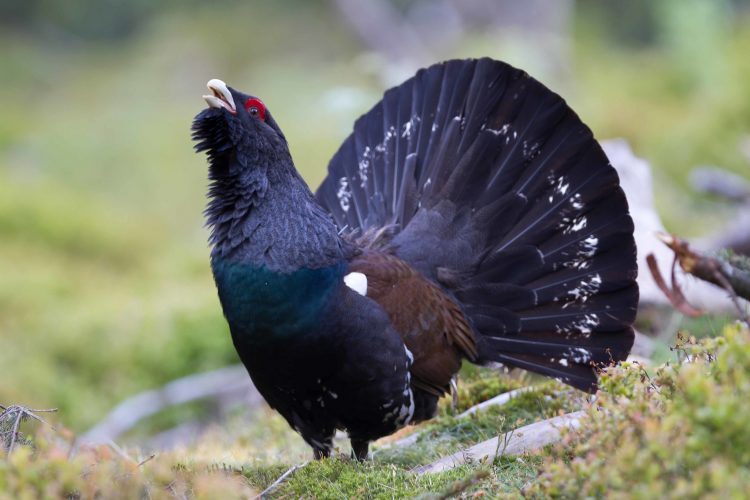I have recently completed the task of entering all my data from 18 ‘constant search’ type surveys on four moorland sites in Radnorshire. This has been a painstaking task, not least because it required me to catch up with modern technology! I have well over 3,000 individual bird observations related to indications of breeding activity and other habitat use relating to the survival of birds in our modern countryside.
The bad news is that many species are in decline here in Radnorshire, just as they are throughout Britain, as indicated in the latest ‘State of Nature’ report.
But let me try and draw a few positives from my data.
Firstly, we do have an increasingly clear understanding of what the solutions to the problem are. In fact, you could say it in a word: ‘mixed farming’! Okay, that’s two words. But it’s still a remarkably simple start. What has been lost in recent decades is habitat diversity in our countryside. For example, where are the stubble fields in Radnorshire? No stubble fields for birds to survive the winter on, and is it surprising that Yellowhammers and Tree Sparrows are hard to find these days?
So before you object that it’s not that simple, let me assure you it is. The farm near Knighton I first worked on in the early 1970s still grows their own oats in fields full of weeds… and they have a thriving population of both these species. Just as a result of good habitat diversity on one farm in the middle of all the rest!
The same point could be made about keeping some undrained rushy fields and patches of wetland. Another farmer I know who farms not a million miles from Painscastle does mixed farming and has kept some undrained wetlands… and he has breeding Lapwing which no one else does!
My point is that by looking carefully at the data, we can come up with good advice to politicians seeking to reverse the decline in wildlife. And fortunately there are such, in Welsh Government, running the Sustainable Management Schemes of which the PMP is part.
Here’s a second chink of good news. Some of the species that are in general decline are still thriving on our moorlands. A good example is the humble Skylark. A friend remarked to me recently that it was ages since she’d heard one. I was able to reassure her that they are doing pretty well up on the moors of Radnorshire. So is the Meadow Pipit. So is the Cuckoo. Of course, it’s worrying that this is a last refuge for such species, but it is a consolation and a clue.
With other species – such as Stonechat, Whinchat, Tree Pipit, Whitethroat and Reed Bunting – the data points us to how habitat can be best managed on the moorlands to optimise their numbers. In this case, the answer seems to be to have a good mixture of gorsy, scrubby heath (which we call ‘ffridd’) in amongst the well-grazed or regularly-cut areas of grassland and heather.
In the case of ground-nesting birds – such as Curlew, Red Grouse, Merlin – keeping populations of omnivorous predators such as Crows and Foxes in balance with other species must also be taken into account as a factor. I understand from the Royal Society for the Protection of Birds (RSPB) that the same applies if the Capercaillie is to survive in Scotland.
In short, I’m hoping the experience of the Powys Moorland Partnership has provided us all – as members of the public, walkers, conservationists, farmers, moorkeepers or politicians – with some clearer understanding of the way forward. What I’m trying to say is that I don’t believe the solutions are all that far out of our reach.
